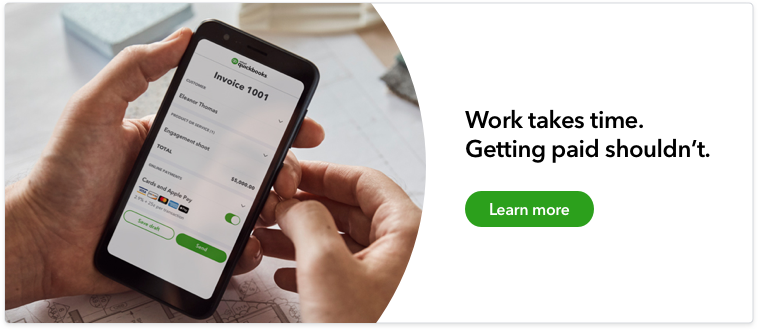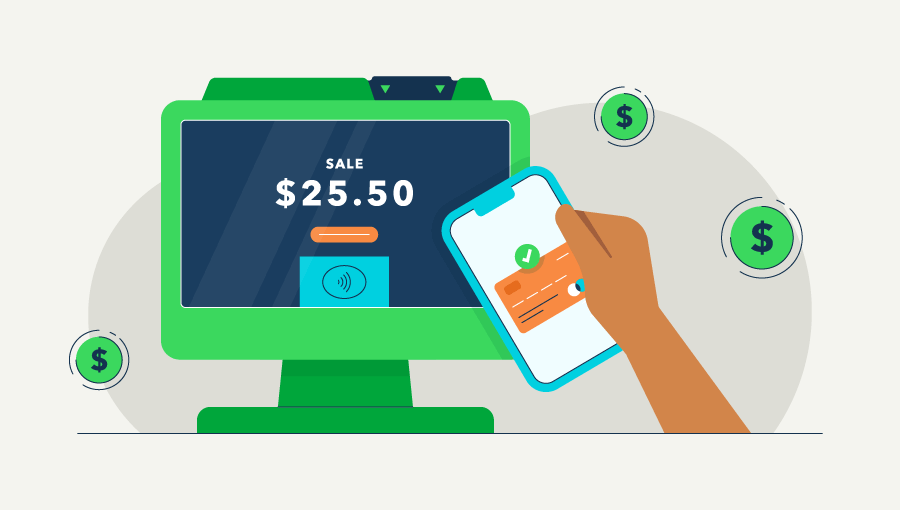2. Leverage social media
What if you don’t have a website for your small business? Does that mean mobile commerce is off limits to you? Not exactly.
As we mentioned earlier, many social media platforms have rolled out shopping features that allow their users to shop directly within the app (you might hear these referred to as “social commerce”). How this works for businesses will differ from platform to platform, but generally the steps are as follows:
- Ensure you have a business account, rather than a personal one
- Upload your products or services to the social platform to create your product catalog
- Turn on the shopping features on that specific network
- Tag your products in your social media posts so they’re “shoppable” for your followers
This means people can purchase your products on a mobile device even if you don’t have a website. For example, they’d click your tagged product on Instagram and complete the purchase without ever leaving Instagram. Social media can be a great option for businesses who want to use mobile commerce but don’t yet have the resources to roll out a full e-commerce site.
What social media platforms offer shopping functionality? Currently, shoppable posts are available on:
However, we’ll likely see social commerce continue to increase in the coming years. Other platforms, such as TikTok and Snapchat, have also been experimenting with various shopping features.
















